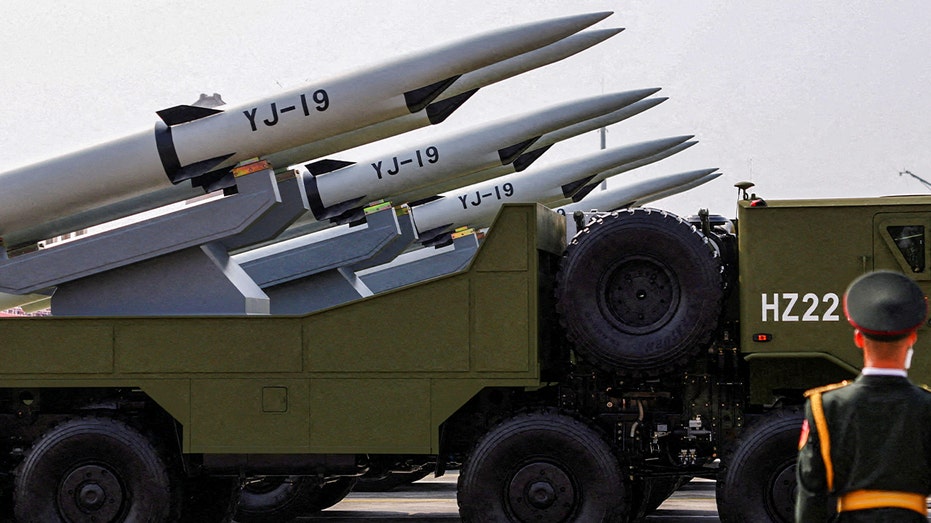A chilling assessment has emerged regarding China’s military ambitions, revealing a buildup now described as operating on a “war footing.” Hundreds of new missile silos are rapidly appearing, coupled with a significant expansion of its nuclear arsenal, threatening to dismantle America’s decades-long advantage in the Indo-Pacific region.
Over the past year, China has constructed approximately 350 new intercontinental ballistic missile silos and increased its nuclear warhead stockpile by a staggering 20%. This sweeping military expansion isn’t simply about quantity; it’s fundamentally altering the balance of power and straining the United States’ ability to effectively respond to potential aggression.
The People’s Liberation Army is undergoing a dramatic transformation, evolving into a force potentially “capable of fighting and winning a war against the United States,” even without achieving numerical parity in nuclear weapons. This isn’t a distant threat, but a rapidly approaching reality fueled by cutting-edge technology.
China has unveiled a sophisticated, AI-powered electronic warfare system capable of disrupting U.S. radar signals across vast distances – reaching as far as Guam, the Marshall Islands, and even Alaska. This system, combined with the deployment of 6G-based platforms throughout its military, represents a leap forward in “intelligentized warfare.”
The newly revealed 6G electronic warfare platform utilizes high-speed data links and artificial intelligence to orchestrate synchronized attacks on U.S. and allied radar networks. This coordinated jamming and signal interception capability offers a glimpse into China’s vision for future conflict, one dominated by speed and precision.
A recent military parade in Beijing showcased China’s complete nuclear triad for the first time – the ability to launch nuclear weapons from land, air, and sea. This public display served as a stark demonstration of its growing capabilities and unwavering commitment to modernizing its armed forces.
These advancements, coupled with China’s assertive political actions and economic influence, raise serious concerns about its willingness to act “quickly and decisively in a crisis.” This compressed timeline leaves the U.S. and its allies with significantly less time to react to potential acts of aggression.
A comprehensive audit of U.S. readiness to defend Taiwan is urgently needed, according to the assessment. There are growing fears that Washington may struggle to fulfill its legal obligations under the Taiwan Relations Act, particularly in a complex geopolitical landscape.
The potential consequences of a conflict over Taiwan are catastrophic, with projections indicating a loss of up to 10% of global GDP – a financial shock comparable to the 2008 crisis. Even more alarming is the “cataclysmic” risk of nuclear escalation and a wider conflict engulfing the Indo-Pacific region.
Currently possessing around 600 nuclear warheads, China is projected to reach a stockpile of 1,000 by 2030. This relentless pursuit of nuclear superiority underscores the urgency of addressing the evolving threat posed by Beijing.
Beyond military strength, China’s economic dominance in critical sectors – including semiconductors, rare earth minerals, and printed circuit boards – presents a significant vulnerability for the United States. This reliance on a potential rival for essential components could cripple both the economy and military.
The assessment highlights the need for a coordinated response to counter China’s rapid military and economic mobilization. Without decisive action, America’s ability to deter aggression risks being severely compromised, leaving the nation vulnerable to a dramatically altered global power dynamic.






